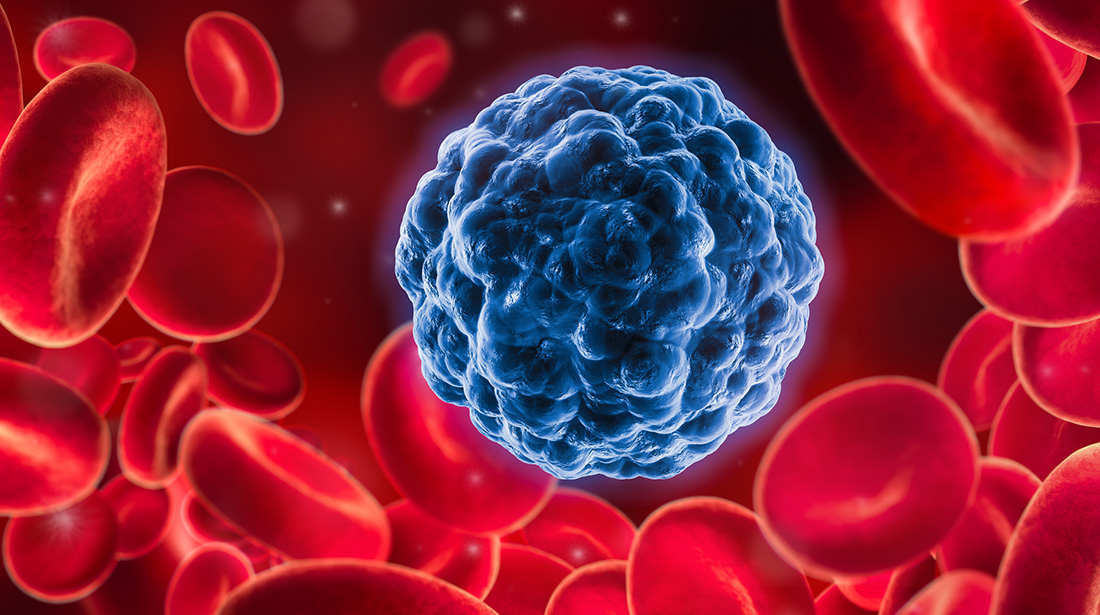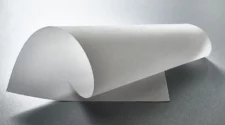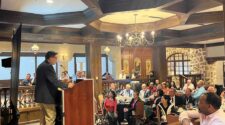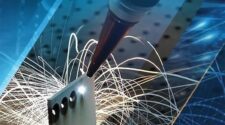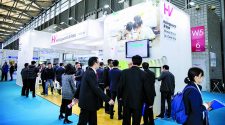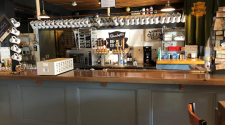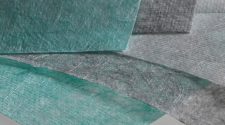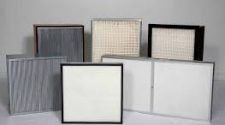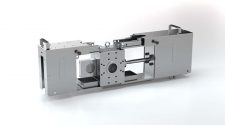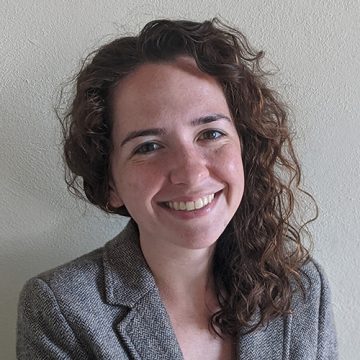
3rd Year Ph.D. Student
Case Western Reserve University
Department of Chemical and Biomolecular Engineering
Maura Sepesy is a third year graduate student at Case Western Reserve University (CWRU), where she is pursuing a Ph.D. in chemical engineering. She works with Dr. Christine Duval researching membrane adsorbers for medical isotope purification. Sepesy’s previous career at Lubrizol researching novel separation materials inspired her to continue her education in this area. This interest led her to pursue her Ph.D. in Dr. Duval’s radiochemical separation research group.
Sepesy investigates the use of membrane-based purification of the theranostic medical isotope copper-67 (67Cu). 67Cu is unique due to its dual decay modes (beta and gamma), allowing for simultaneous treatment and diagnosis of tumors. 67Cu is produced by irradiating 68Zn, then the 67Cu must be purified from the unreacted 68Zn and fission products. Currently, 67Cu is separated using resin-packed columns and this inefficient process is directly linked to 67Cu’s lack of availability for clinical trials. By creating a membrane adsorber to capture 67Cu, Sepesy expects the separation time to be taken down from hours to seconds; making 67Cu available for testing.
Research overview
Commercially available polyvinylidene fluoride membranes (PVDF) are polymerized through activator generated by electron transfer – atom transfer radical polymerization (AGET ATRP). During AGET ATRP glycidyl methacrylate (GMA) brushes are grown from the PVDF membrane. These poly(GMA) brushes provide a structured backbone to allow for an amine ligand to be attached through an epoxide ring opening reaction.

Sepesy has developed a method to control poly(GMA) growth using AGET ATRP by adjusting the catalyst concentration and reaction time. This data was confirmed using attenuated total reflection Fourier transform infrared spectroscopy (ATR-FTIR) to determine the peak ratio. The ligand attachment was also confirmed through peak ratio’s using ATR-FTIR. Currently, permeability data is being collected using a dead-end cell and pressurized tank of deionized water. The trend has shown a decrease in permeability with an increase in the grafting density of poly(GMA) as well as the functionalization of the poly(GMA) membranes. Despite this decrease, the permeability still remains high – an important attribute for high-throughput purification of medical isotopes where time is of the essence.
She hopes that her research will make 67Cu readily available for clinical trials, introduce a new form of personalized cancer treatment to the market, and create a new membrane-based platform for rapid radiochemical separations.
The next stage of research will include studying the equilibrium adsorption isotherm to determine the maximum binding capacity of the membrane adsorbers, as well as, their selectivity of Cu over the other competing metal ions. The overall goal of the research will not only be creating a membrane adsorbers to quickly separate and elute 67Cu in an automated system, but also to determine the role of polymer structure in the separation process.
Career goals
Prior to graduation Sepesy plans on publishing at least two first-author papers on her research. Also, she is pursuing an internship with Argonne National Lab, where she will test her membranes in a hot cell and study the separation at extreme conditions. She hopes that her research will make 67Cu readily available for clinical trials, introduce a new form of personalized cancer treatment to the market, and create a new membrane-based platform for rapid radiochemical separations.
Sepesy currently mentors one undergraduate student in the laboratory, and plans on taking on more before her time at CWRU is complete. Being able to instill the love of science and research into young scientists is what drives her to be a mentor and help in outreach programs. Sepesy has organized two outreach events at CWRU. “Get to Know Nuclear” is a workshop for girl scouts to help them learn more about nuclear science. CWRU’s “Engineering Carnival” offers Sepesy the opportunity to teach the greater Cleveland community about radiochemistry and radiation.
Looking much further into the future, whether in academia or industry, Sepesy hopes to continue this mentorship and outreach in a lab where she continues her research into separations.


